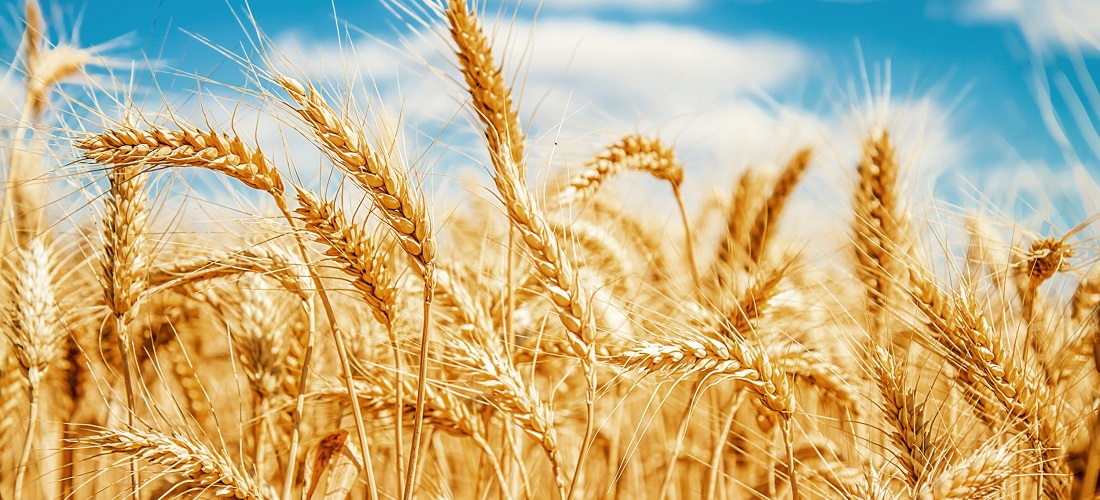
Wheat Price Rises and Market Resorts to Imports
Mar, 18, 2025 Posted by Denise VileraWeek 202512
Wheat prices continue to rise in the Brazilian market due to limited supply during the off-season. According to the Cepea (Center for Advanced Studies in Applied Economics) newsletter, the cereal’s low availability in the country has led buyers to intensify their search for new lots while sellers remain cautious in negotiations. This scenario has spurred imports, as industry agents point out that international prices are more attractive than domestic products.
With the off-season reducing internal stocks, many buyers turn to imports to meet demand. Cepea notes that the current level of international prices favors this movement, making imported wheat a viable option. However, currency volatility and logistical costs could influence the competitiveness of this market in the coming months.
The rising price of wheat also impacts other segments of the production chain, such as the bakery and animal feed industries, which have already expressed concerns about the high costs. Moreover, reliance on imports may make Brazil more vulnerable to fluctuations in the global scenario, especially regarding the supply from exporting countries such as Argentina and the United States.
For 2025, Brazilian wheat production is expected to grow by 15.6% compared to 2024, reaching 9.117 million tons, according to projections by the National Supply Company (Conab). This increase is anticipated to be driven by a recovery in productivity, estimated at 3.04 tons per hectare—an 18% improvement over the previous cycle. Despite this production growth, the area under wheat cultivation is forecast to decline by 2.1%, approaching 3 million hectares. Conab explains that this reduction reflects the sector’s uncertainties amid climatic conditions and market fluctuations. Extreme events, such as droughts or frosts, can impact productivity and producers’ profitability.
Climate instability remains a risk factor for wheat production in Brazil. Adverse events, such as excessive rainfall or prolonged periods of drought, can compromise crop yields and affect cereal quality. In addition, fluctuations in the dollar exchange rate and the costs of agricultural inputs could influence producers’ decisions regarding wheat planting in upcoming cycles.
Source: Agro Link
-
Grains
Jul, 19, 2022
0
Paraguay corn exports down 40% in the 2021 season
-
Dec, 09, 2021
0
YTD exports of defense products total US$1.57 bi by November
-
OTI Rankings
Dec, 21, 2018
0
DataLiner OTI Rankings (NVO Rankings) | January to October 2018 Plate
-
Jun, 29, 2023
0
Brazil apple imports soar in the first half of 2023


